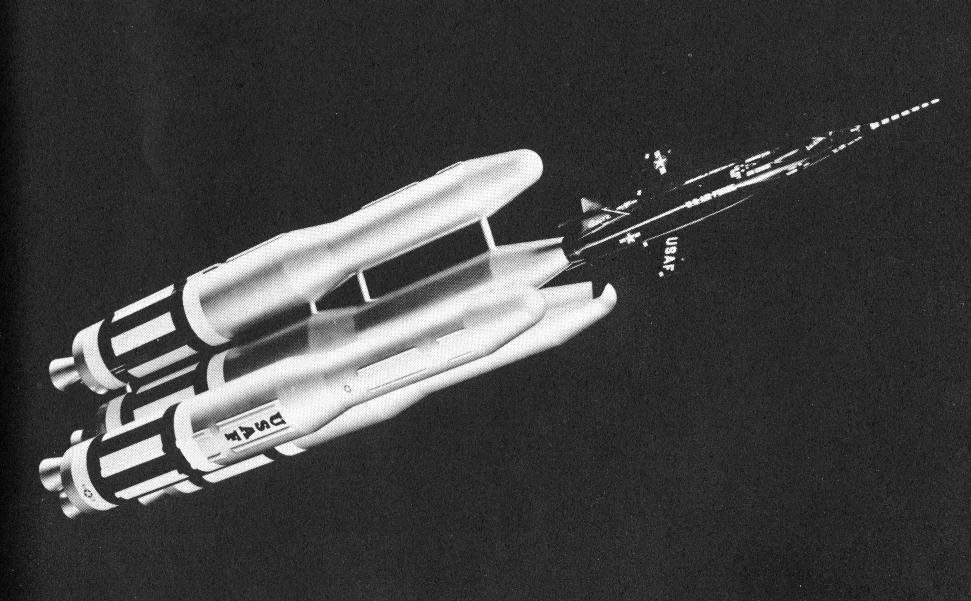Here's a possible scenerio. The X-15 becomes not only the world's first spaceplane but also the world's first manned spacecraft. The United States, worried the Soviet Union will beat them before Mercury is prepared flies the X-15 on a suborbital trajectory first.
How soon could it happen? 1959? 1960? 1961? This probabley makes a big difference. If NASA can send a man in space on the Suborbital X-15 spaceplane a full two years before Vostok-1, it's likely the public perception would still be that America is ahead in the Space-Race. Yuri Gagarin may be the first man in Orbit but by no means the first or second or even third man in space. Obviously Project Mercury is still neccesary as ballistic capsules are needed for Orbital spaceflight and that means testing them suborbitally.
Alan Shepard wouldn't be the first American in Space but rather Scott Crossfield. IIRC the X-15 could also carry a two person crew as long as it didn't take any scientific payload with it. Scientifically Worthless this would also beat Voskhod 1 to being the first multi-person spaceflight.
Could the X-15 have flown earlier?
How soon could it happen? 1959? 1960? 1961? This probabley makes a big difference. If NASA can send a man in space on the Suborbital X-15 spaceplane a full two years before Vostok-1, it's likely the public perception would still be that America is ahead in the Space-Race. Yuri Gagarin may be the first man in Orbit but by no means the first or second or even third man in space. Obviously Project Mercury is still neccesary as ballistic capsules are needed for Orbital spaceflight and that means testing them suborbitally.
Alan Shepard wouldn't be the first American in Space but rather Scott Crossfield. IIRC the X-15 could also carry a two person crew as long as it didn't take any scientific payload with it. Scientifically Worthless this would also beat Voskhod 1 to being the first multi-person spaceflight.
Could the X-15 have flown earlier?
